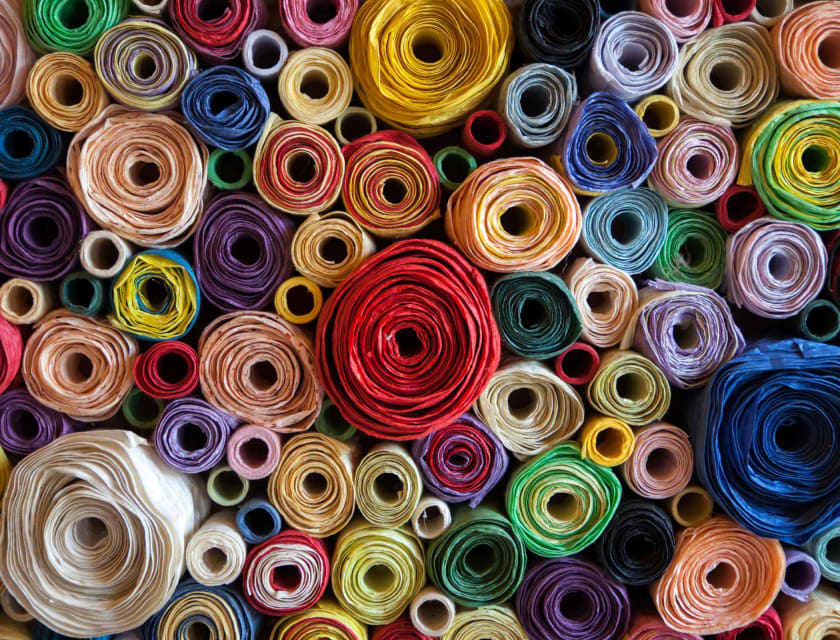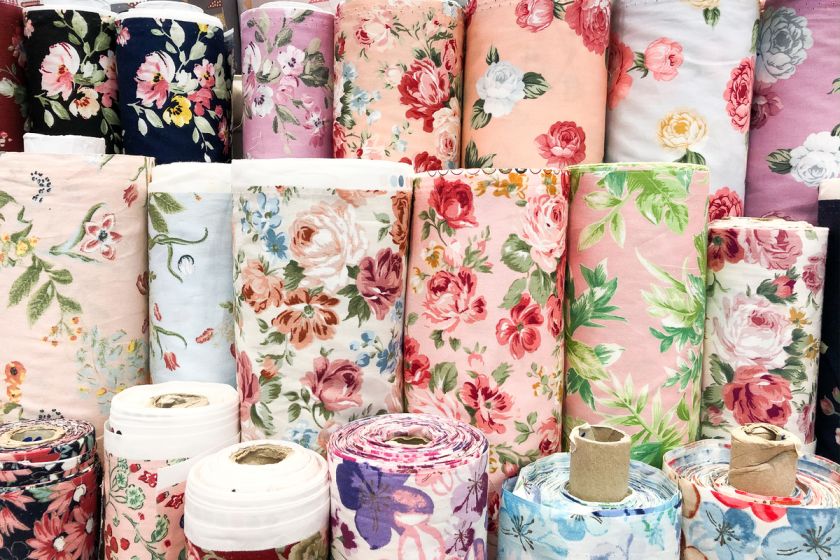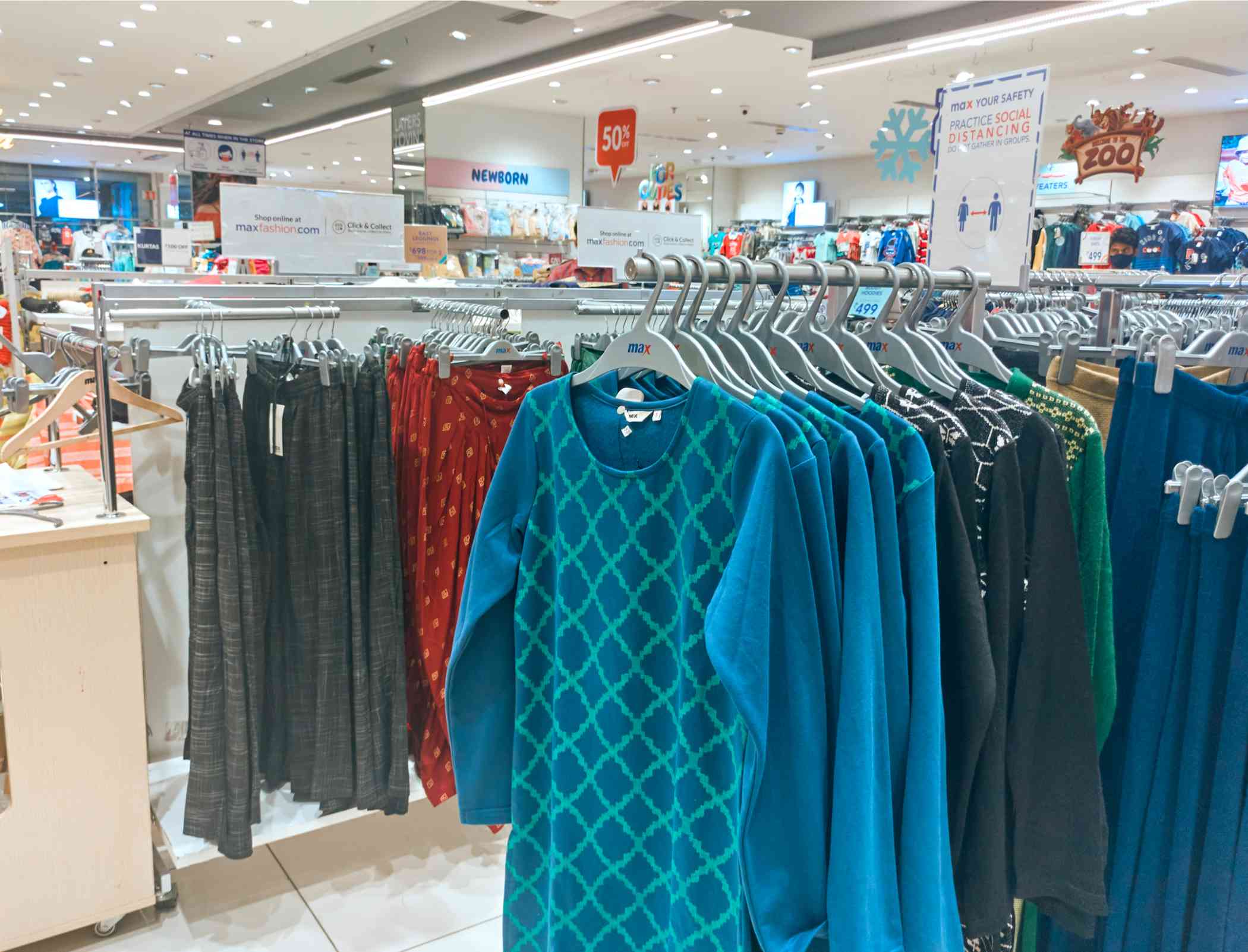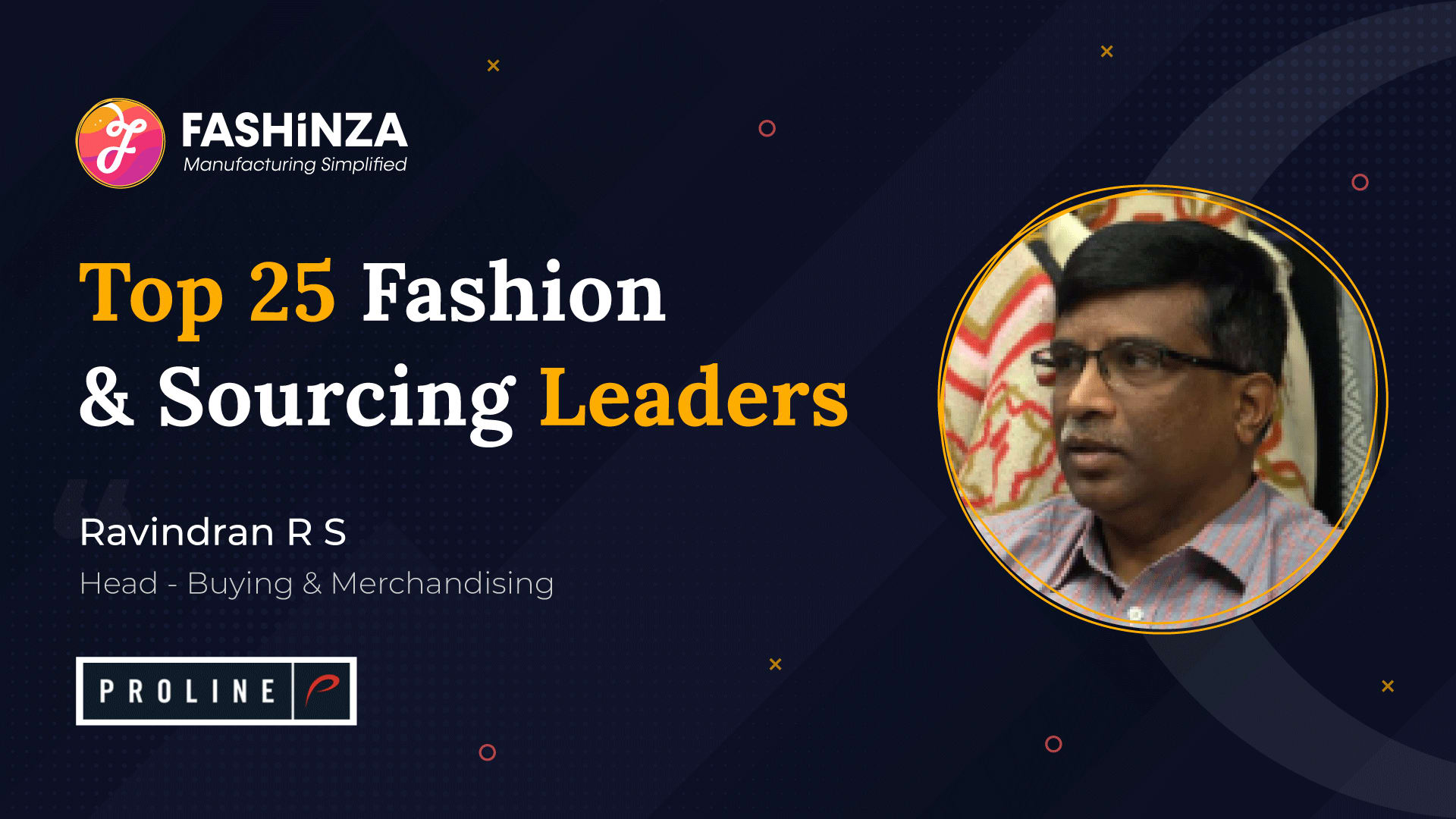Sourcing Fabric in Bulk: Online and Offline Sellers with Global Shipping



What is fabric sourcing?
Finding a supplier for bulk material to suffice your fashion brand from various sources is called fabric sourcing. Most fashion brands outsource fabric, but some brands prefer in-house fabric made by the same company. Some owners also recycle and use their fabric materials.
Different fabrics are brought by various sources, based on what you need, which type of material is required, and how much is required. If you require fabric in bulk, then this guide is a must-read for you.
For a beginner, buying or finding the right source for its brand is an enormous task. As you read on, you'll come to know-how in an organized way you find the best of fabrics and make it an easy task.
Ensure you are organized and test the fabrics before you order a complete consignment. Keep reviewing the mill counter swatches. Often promised samples are changed or deteriorate in quality during bulk supply. Ensure you have the same cloth roll for the whole fabric.
While choosing the supplier, be aware of your competitor's suppliers too. Seldom when ordering fabric in bulk, quality gets affected, or you may be manufacturing the same garment quality.
Thinking about the business before you start
Before you start the journey of buying and finding a supplier, let us ponder over some of these points:
- What are you making?: Begin by knowing your end product. What will you be making, whether hemp, cotton or some exclusive high-end silk product?
- Finding your area of work: You can't be making everything and of all sorts. If you know what you are making, then narrow it down for whom you will be making. Is it a kids brand or an exclusive men's or women wear brand? Narrow it down further by choosing which type of clothing for whom; for example, choosing men's casual wear or women’s casual wear. Kids exclusive ethnic wear etc.…
- Your marketing brand: now, most high-end brands are shifting to sustainable fashion. Fabrics are made out of recycled clothing or plastic bottles. So are you going to collaborate and market your clothes for such brands, or do you have your startup?
- Your research: researching on your own about other brands and competitors is extremely important. Try knowing what other brands are up to, what they are making in the same bracket and their specialty. Preliminary information and a little research do no harm.
Different types of suppliers you can find

The work pattern of suppliers decides the type of fabric supplier:
- Cloth Mills: To order fabric requirements that fabric mills fulfil. They create substantial minimum order requirements from a firm demand by a fashion brand.
- Converter: A converter purchases raw unfinished fabric material and refines the thread to send it further for dying, printing, or washing. These are directly sent for sewing and stitching of fabrics as on requirement.
- Jobbers: jobbers sell the unutilised fabric from fabric mills or converters that might have been discarded for one reason. These fabrics are available at a low cost, but they don't have stock. They are available in fixed quantities, and there is no extra.
Sourcing fabric: A Simplified Step-By-Step Process
- Reference swatches for fabric in bulk should be made for whatever fabric types you require, and start sending these to the suppliers.
- The suppliers will resend you with certain similar or non-similar fabrics they already have in stock, known as headers.
- Your selected fabric will be sent to you in a small batch which is the sample yardage
- Once this is selected and confirmed, the prototype for the particular fabric will be made.
- You utilise this batch for making your test garment, use it, wash it, take it through your testing procedure and confirm whether it is perfect and or not.
- Lastly, on your confirmation for the fabric, you place a bulk order known as bulk yardage and start your production line.
Recommendations for online and offline suppliers.

- The functional fabric fair: a trade event powered by PERFORMANCE DAYS, is for the functional textile industry. It showcases the latest trends and developments occurring in the fashion industry. Also, it provides an opportunity in the marketplace for sourcing some very good deals on functional fabrics. It is free of charge and open to all fairness, and you get to choose fabrics for sportswear and leisure clothing.
2. The Texworld: one of the most happening and largest fabric sourcing events on the East Coast is Texworld! It is an international business platform where you can expect education on opportunities on textiles and fabrics, networking to bring a dynamic industry and meet professionals across the globe, a sneak peek into the latest trends and colours. Lastly, it allows you to have a diverse group of products to choose from.
3. Planet textiles: if you are into sustainable clothing, planet textiles gives you a radical insight into the business models of the sustainable clothing supply chain. Learn and connect for the most recent advances of eco-friendly trends in the fashion industry. Connect to delegates across the globe to forge new relationships and meet new leaders.
4. Fabricsource: it is one of the largest B2B platforms for outsourcing fabric. Fabricsource lets buyers meet the supplier digitally. You get smart, efficient choices without the hassles of traveling. It supplies to more than 120 countries and has connected more than 1000 businesses. A trusted site and a one-stop destination for all textile needs.
5. Sourcing at Magic: the organization hosts apparel shows under one roof. It gives you the link for an entitled global supply chain. It attracts designers, brands, and retailers to help them keep at pace with drastically changing fashion trends.
6. The London textile fair is a premier platform, where more than 470 exhibitors showcase textiles and garments. The show is a quality event held every year. It attracts influential buyers and designers from all over the world searching for suppliers for fabric in bulk. It is a mixed lot of high-end retail store buyers and independent manufacturers.
7. appareltextilesourcing.com: it is an online destination for buying fabrics. It conducts and displays forthcoming events across the globe based on fabric trade fairs. You can stay up to date with forthcoming information about where the next trade for fabrics is going to be conducted.
Most of the fashion newbies end up paying so much more than they need to. This is one of the biggest mistakes a new fashion startup makes. The buyers tend to pick up fabrics from retail shops, which directly makes them pay a heavy price. Fabrics can be purchased from various outlets without making you pay more than required. All you have to do as a fashion startup is to pay attention to minute details on the quality and pricing of the fabric. You may be ready with hundreds of new trending designs in your mind, but if you invest more than the required amount in fabric, your budget will be in a swirl.
So rather than investing a huge sum of money, invest a little more time choosing the right place for outsourcing your fabric. You will be surprised to find out how this saved you a decent amount of money.



















